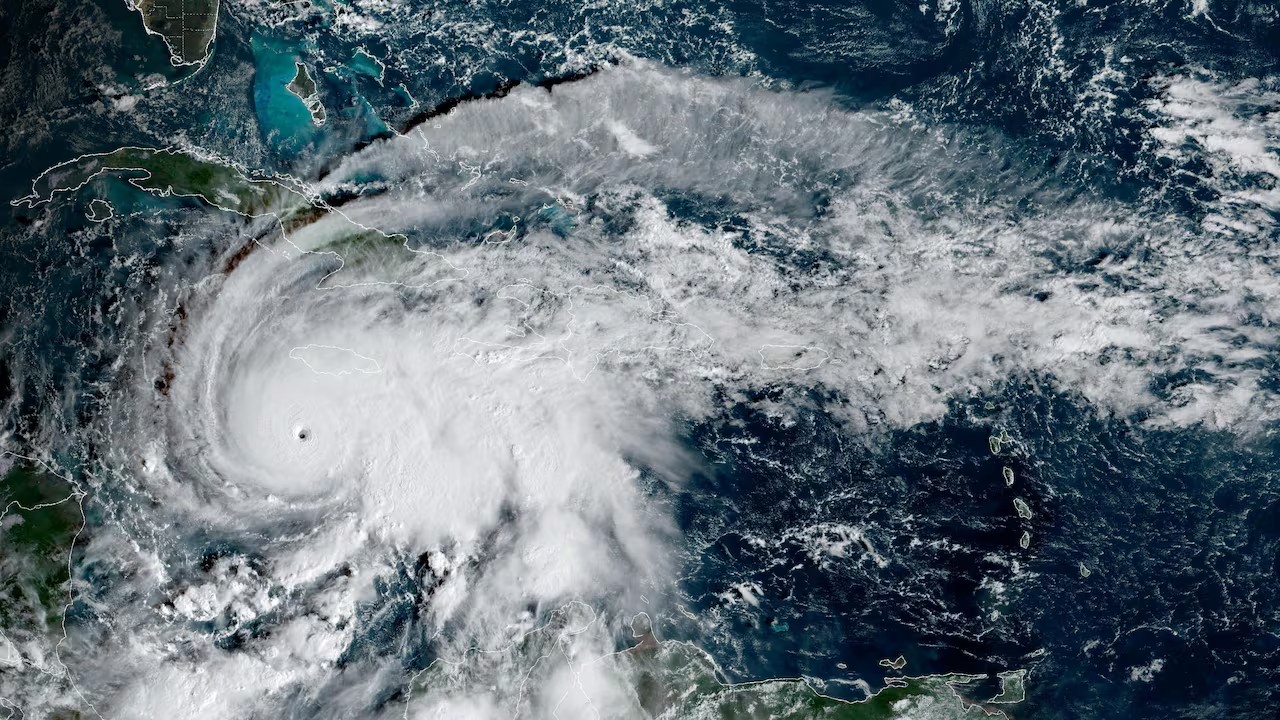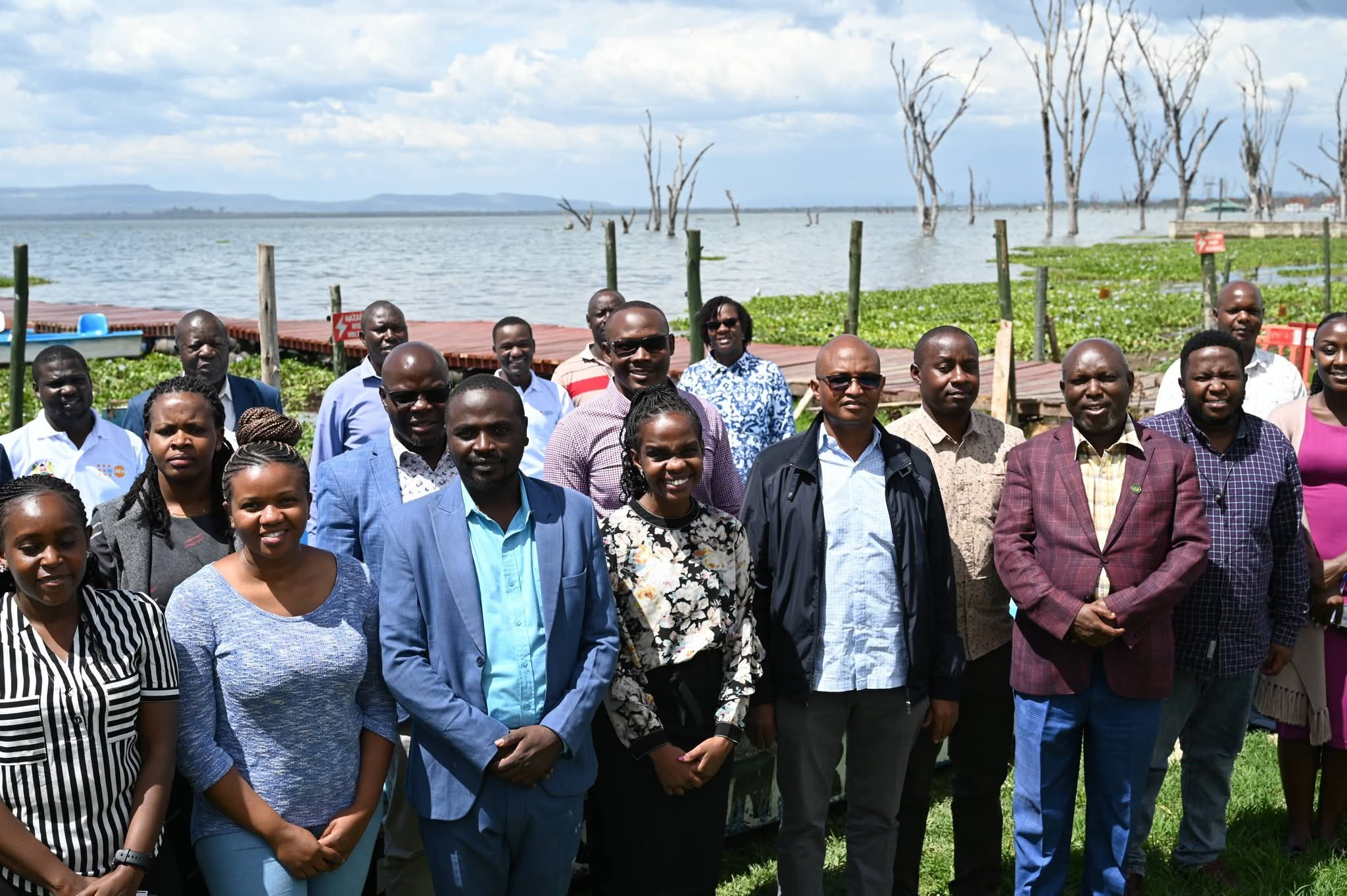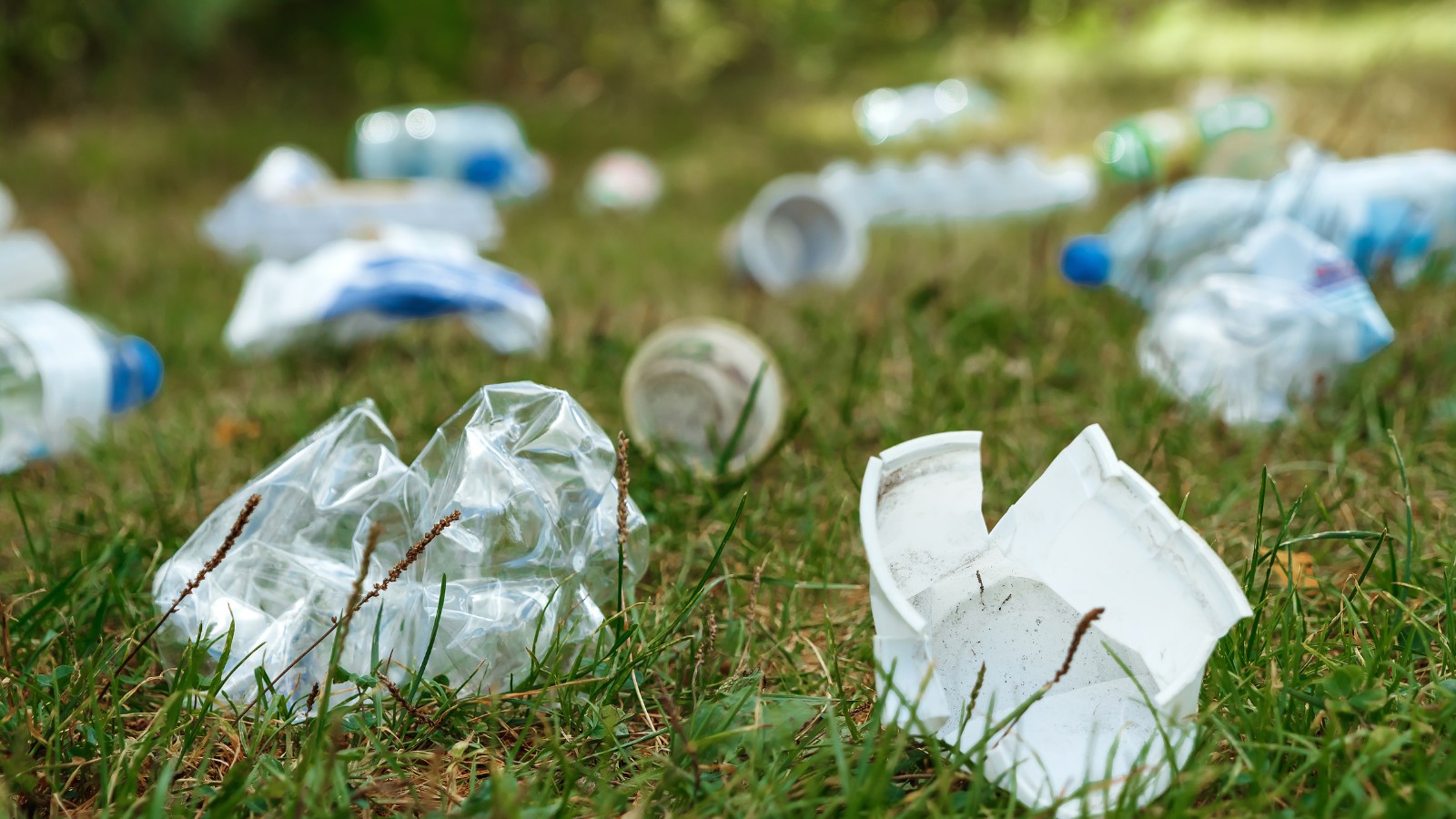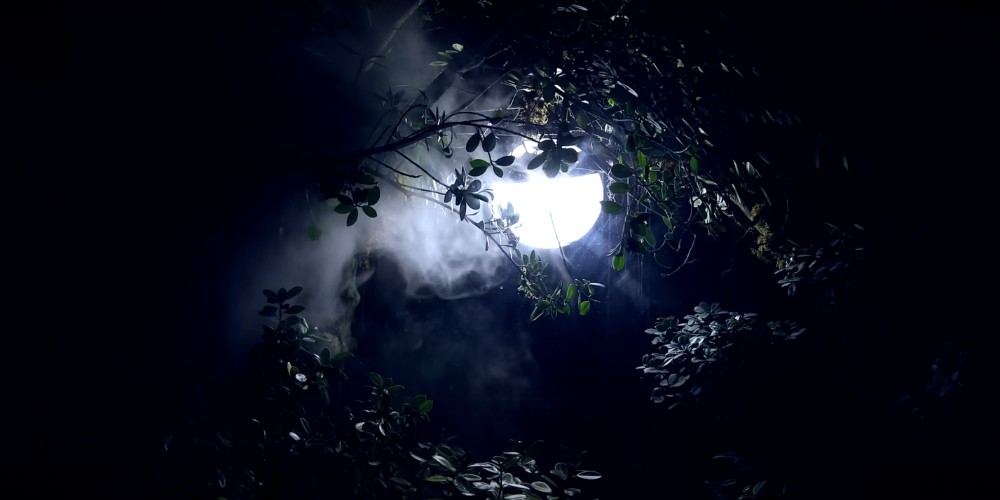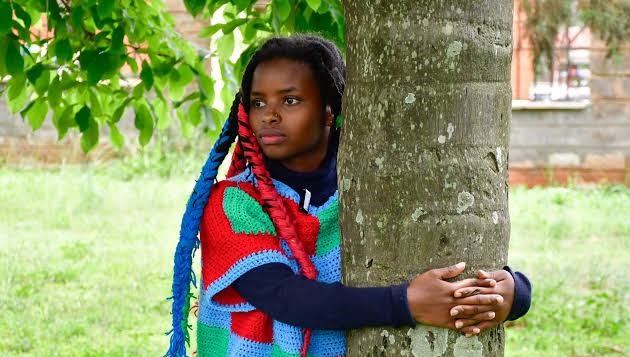- Hurricanes are powerful storms that form over warm ocean waters.
- These storms feed on warm, moist air from the ocean. When the ocean’s surface is hot enough, usually above 26 degrees Celsius, the heat makes air rise quickly and form thick, spinning clouds.
Hurricane Melissa is the most powerful storm of the 2025 Atlantic season, devastating Jamaica and now battering Cuba. However, even as Hurricane Melissa continues to make headlines around the world, many may be wondering what causes hurricanes, what they really are and why they can be so destructive. Simply put, hurricanes are powerful storms that form over warm ocean waters.
They start as small tropical storms, but when the winds grow stronger, reaching at least 119 kilometers per hour and they develop over the North Atlantic, central North Pacific, and eastern North Pacific they officially become hurricanes.
These storms feed on warm, moist air from the ocean. When the ocean’s surface is hot enough, usually above 26 °C, the heat makes air rise quickly and form thick, spinning clouds. The storm begins to rotate around a calm center known as the “eye.” As it moves, the hurricane can travel across the ocean and hit land, bringing heavy rains, floods, and fierce winds that tear through anything in their path.
Experts say there is growing evidence that climate change is making hurricanes stronger and more unpredictable. Warmer oceans give storms more energy, while higher sea levels make coastal flooding worse. This means hurricanes today, like Melissa, can cause more damage than in the past.
The effects of hurricanes go far beyond the initial hit. They destroy homes, force people to flee, and can wipe out entire communities. Roads, power lines, hospitals, and schools are often left in ruins.
Read More
For countries that rely on tourism or farming, the financial losses can be overwhelming. But perhaps the hardest part is emotional, as families losing loved ones or their homes face long and painful recoveries.
History has seen some truly devastating hurricanes. Hurricane Katrina in 2005 caused massive flooding in the United States and claimed more than 1,300 lives. Hurricane Maria in 2017 left Puerto Rico in darkness for months. And Hurricane Dorian in 2019 destroyed neighborhoods in the Bahamas, leaving lasting scars on the island nation. Each of these disasters showed how fragile human life can be when nature’s power is unleashed.
You might have noticed that hurricanes are named after people. This practice started in the early 1900s because meteorologists found it easier to use short, simple names when talking about storms, especially when more than one storm was happening at the same time.
American weather forecasters began naming storms after women, and later, in 1979, men’s names were added. Today, the World Meteorological Organization keeps a rotating list of names, and if a hurricane causes extreme damage or loss of life, its name is retired forever out of respect for the victims.
At its heart, every hurricane tells a story, not just of destruction, but also of strength and survival. Hurricane Melissa is a reminder of how connected we all are in facing natural disasters. Understanding how these storms form and what they can do helps us prepare better, stay safe, and support those affected when nature shows its might.
Follow us on WhatsApp for real-time updates, community voices, and stories that matter.

